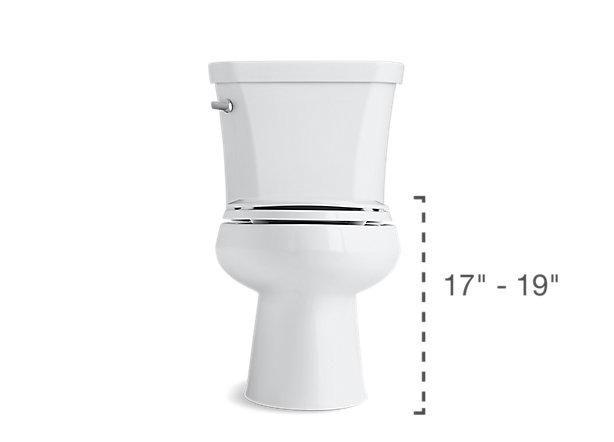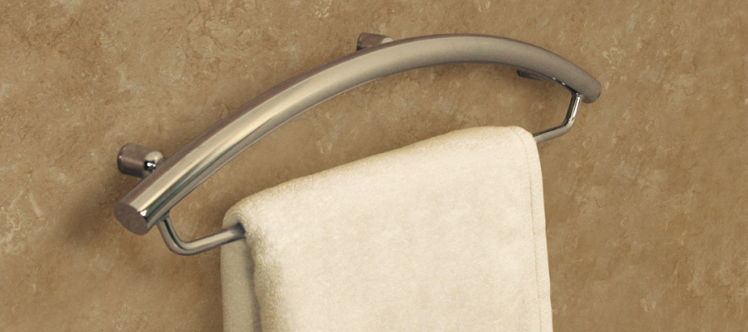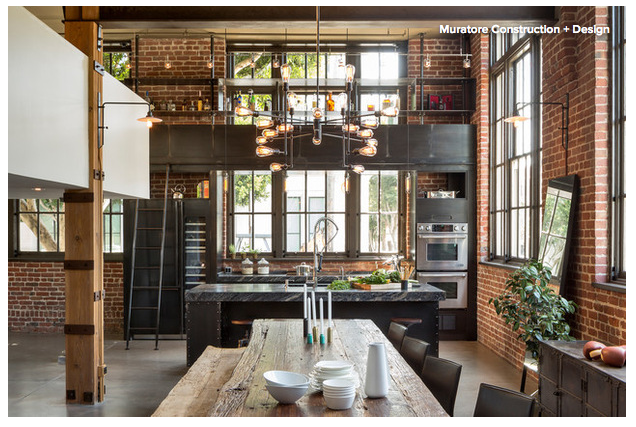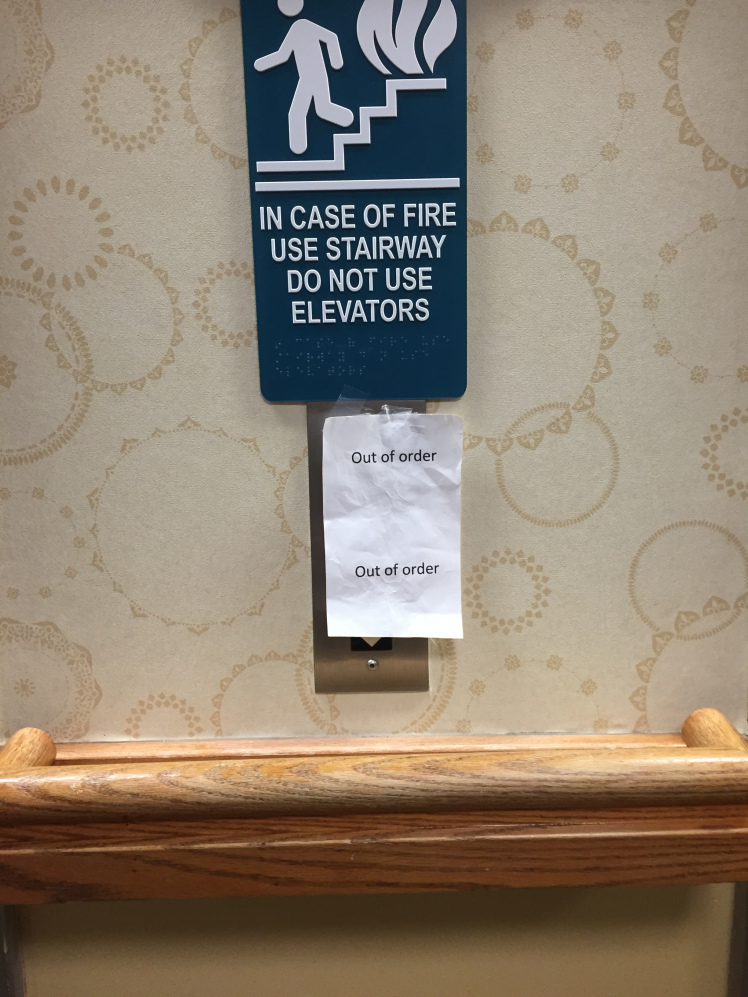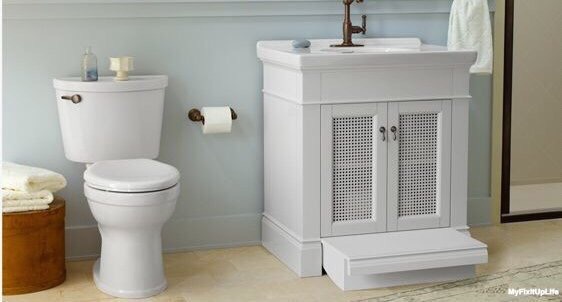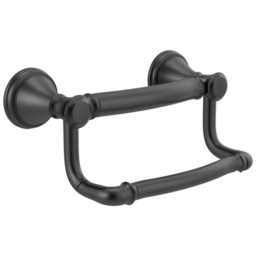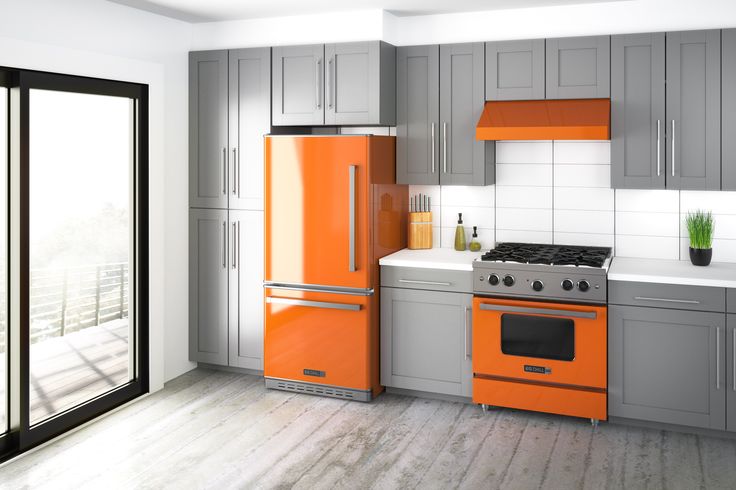There are home design solutions that can help ease the symptoms that many people living with Alzheimer’s disease experience. And, making sure the bathroom is easy to use is important for families living with Alzheimer’s. So how do you know the best toilet height?
We have a few design helpers to make it easier for you to decide.
Let’s talk toilet height.
If you’ve ever used a toilet in an accessible bathroom, you know that those toilets are a bit higher off the ground than a toilet found in most homes.
What’s comfort height toilets?
Called comfort height or right height toilets, they are usually two to four inches taller than the regular 15-inch toilets. These taller toilet heights can help provide relief for difficult backs and knees, making it easier for older people to sit down and stand back up.
However, if you’ve ever heard about the squatty potty you know that the increased height can make it more difficult to go, and may sometimes lead to constipation issues. When your knees are higher, and you are in a squatting position, it’s easier to go.
A stool can be a problem.
While using a little stool with a taller toilet would help, a moveable stool could become a trip hazard or cause confusion. An Alzheimer’s brain may not remember why the stool is in the bathroom.
Taller toilets might be best toilet height.
So, if your loved one with Alzheimer’s has full mobility, the taller toilet might not be the best choice. Using a toilet paper holder or towel bar that doubles as a grab bar is another choice to help someone safely rise and lower from a toilet.
Make the toilet change early-on.
Most importantly, it’s best to make the decision to change toilet heights or other home design elements based how it can help a loved one’s daily life activities. And, be willing to adjust plans as their abilities change.
What else do you need to know about Alzheimer’s design?
I hope this design helper helped you. Please ask questions or share your experiences in the comment section below.
And I hope you’ll keep sharing and watching this helpful series on Living with Alzheimer’s. Together, we can make life easier for families living with Alzheimer’s.
Read more articles about Alzheimer’s home upgrades.
